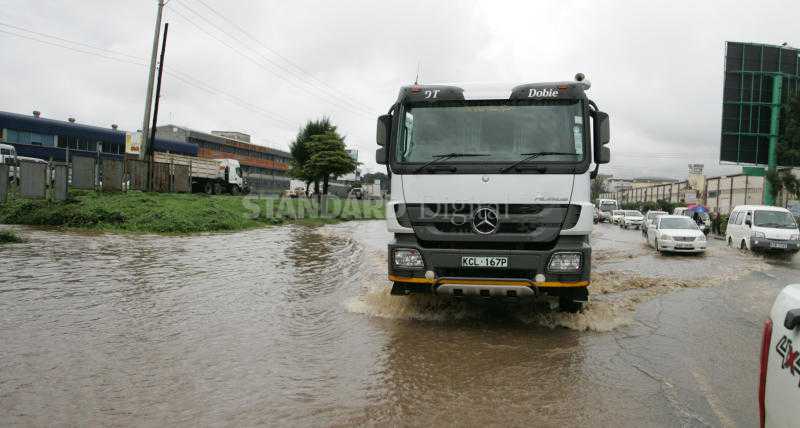×
The Standard e-Paper
Kenya’s Boldest Voice

In light of the devastation that heavy rains are causing across the country, the Meteorological Department’s warning that the rainfall could continue into June in most parts of the country is alarming.
Everywhere one turns, there are cries for assistance from the Government as helpless citizens lose lives, animals, property, and their homes to raging floods.